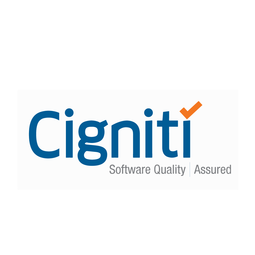
Making the Transition from Waterfall to Agile
To manage complex endeavors, many organizations suffer from the powerful motivation to stay within their safe zone by adhering to top-down, or “waterfall” processes. Waterfall processes are straightforward, predictable, and relatively easy to understand. This seems to eliminate any unknowns and gives us a sense of security. However, more complex, or “agile,” processes are more reliable, solve more unforeseeable problems- and in the end analysis- are often less expensive.
In any discipline, there are analogs for waterfall and agile processes. Switching from the comfort and predictability of a waterfall process to an agile one means learning new skills, investing in new tools, and re-training team members. During the process of adopting new skills and integrating new tools, there will inevitably be costs in time, effort, and capital.
Training and retooling always come with a cost. However, in the end, agile processes are superior and can save owners and technologists time and money over the long haul. By downloading this whitepaper, you will learn more about the cost, learning curve, and inevitable benefits of moving from waterfall to agile.
The whitepaper addresses:
• The risks of innovation: The risk and the benefits of completing the transition from waterfall to agile, how to implement while reducing pain points
• The benefits of iterative and incremental delivery: About creating and launching a test system to allow users to develop competence and become familiar with agile processes
• A brief history of agile processes: The technical definition of “agile,” its four main value propositions, and a concise overview of its history and development
• The product owner & the scrum master: The different roles of the owner of the agile process and the technician/s who use it
• The effects on your IT team: Changes in the work processes of your IT dept, training, lapses, adoption, and growth and much more
In the end, what is being pushed is the enhancement of your products via the installation and deployment of advanced processes. This means overcoming resistance to change which is always difficult. This whitepaper addresses these challenges while offering a clear view of the significant benefits of adopting agile processes.
